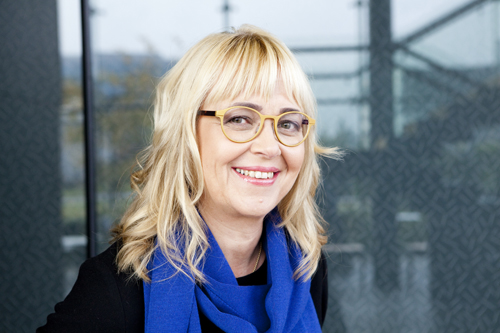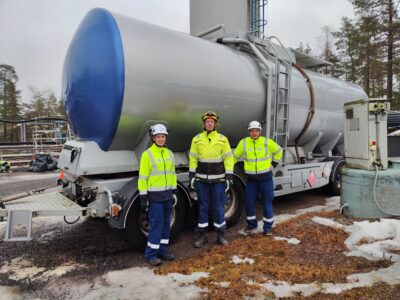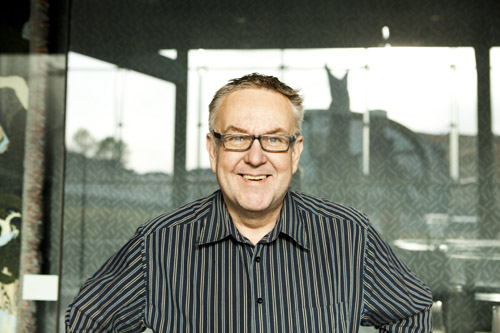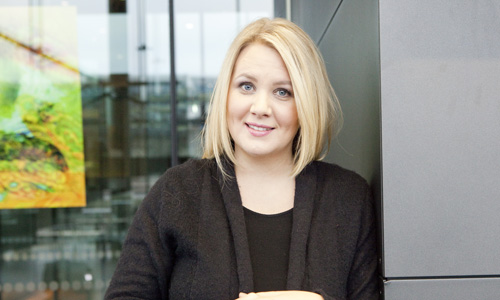Marjo Yliperttula: A step towards growing spare parts for humans

Marjo Yliperttula’s research group has developed a new substrate for stem cells, opening up whole new vistas for medical development and growing human tissue.
The medical field is feverishly looking for effective means to grow stem cells. When divided, stem cells produce various tissue types, which helps in the development of new precision drugs for cancer.
In the future, there is also the idea that, by using stem cells, new tissue, even organs, could be grown to replace damaged cell tissue.
Marjo Yliperttula, Professor of Biopharmaceutics at the University of Helsinki, has, together with her research group, developed a whole new substrate for growing stem cells. It is based on special nanocellulose tailored for this purpose by UPM. Nanocellulose is manufactured by cutting wood pulp fibre into extremely small fibres.
According to Yliperttula, a water-based hydrogel made from nanocellulose has proven to be an excellent substrate. It is completely pure and has caused no inflammation when in contact with tissue.
“This opens up a whole world of possibilities. The utilisation of nanocellulose has already attracted the interest of cell researchers, the medical industry and appliers of tissue technology,” Yliperttula says.
She became fascinated in chemistry at Rauma High School for Girls. In addition to having an inspirational teacher, she was led to the field by a book about a famous female scientist – Marie Curie.
“At the age of 12, I decided that I would either be a researcher of molecular physics or physical chemistry.”
And she stuck to that decision. Yliperttula has led a varied and impressive career in the science world and at different companies, such as in the electronics and medical industries, the Moscow Institute for Optical Physics, and the French Nuclear Research Centre.
Text by: Matti Remes
Photo by: Sini Pennanen



